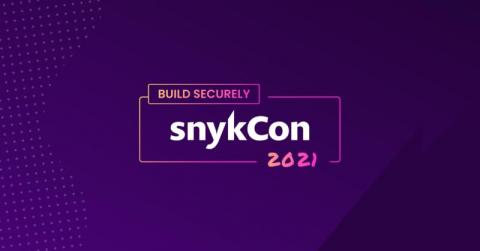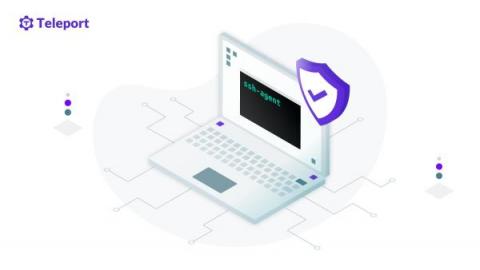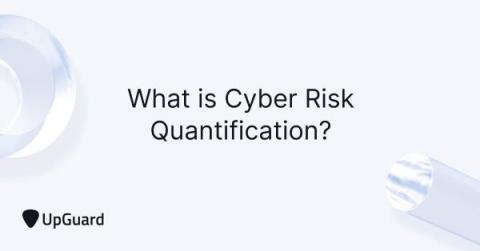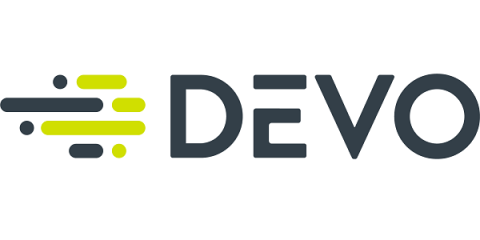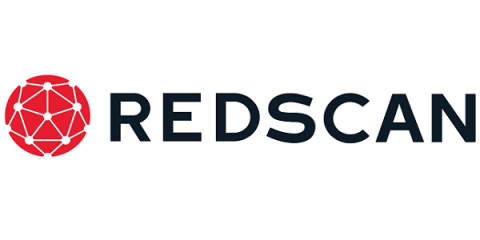How Lunar shifted security left while building a cloud native bank
At SnykCon 2021, there were a number of insightful talks from companies that were able to build successful AppSec programs. As the Lead Platform Architect at Lunar and a Cloud Native Computing Foundation (CNCF) ambassador, Kasper Nissen’s presentation was no exception. In this post, we’ll recap Nissen’s talk about how his security team at Lunar was able to shift security left while building a cloud native bank.


